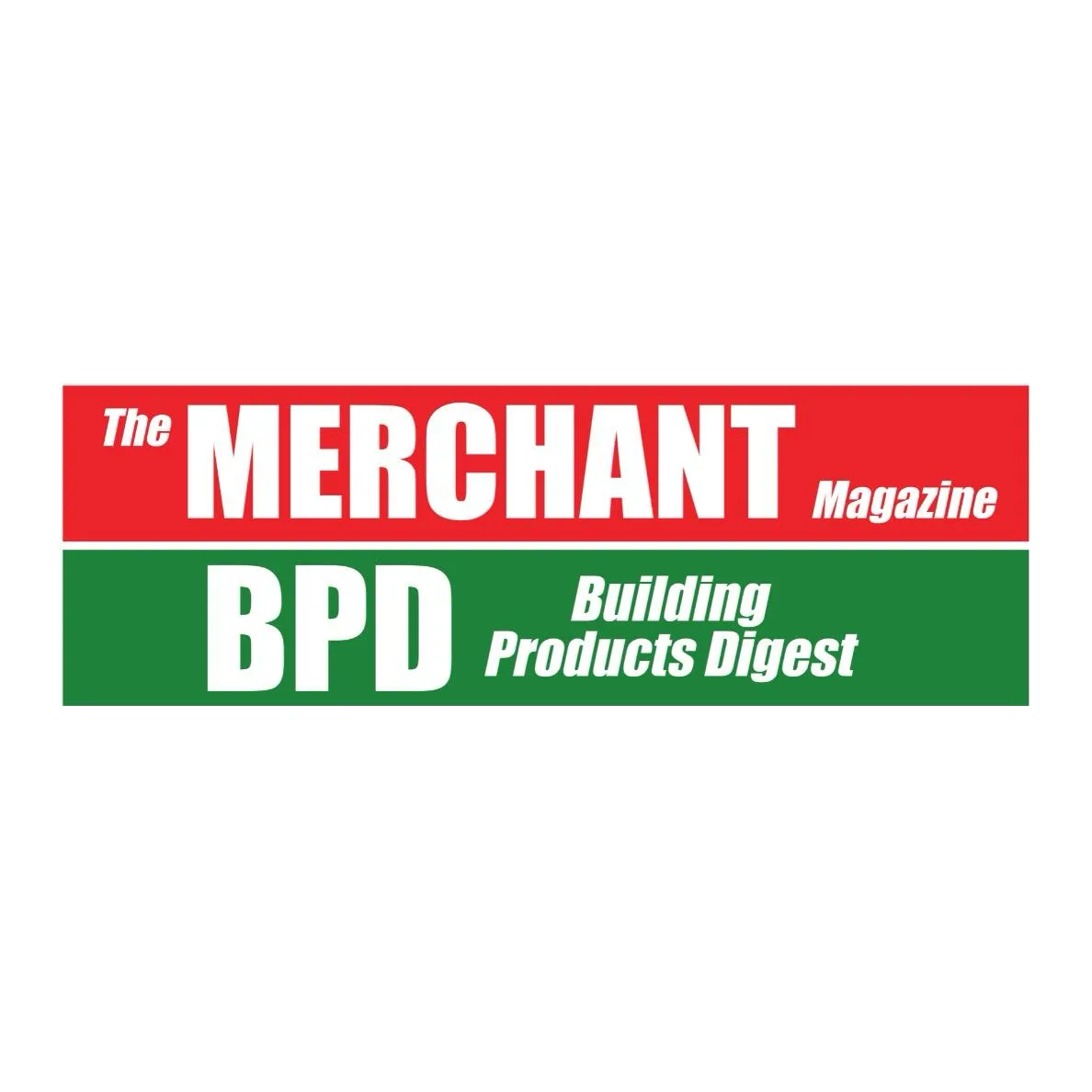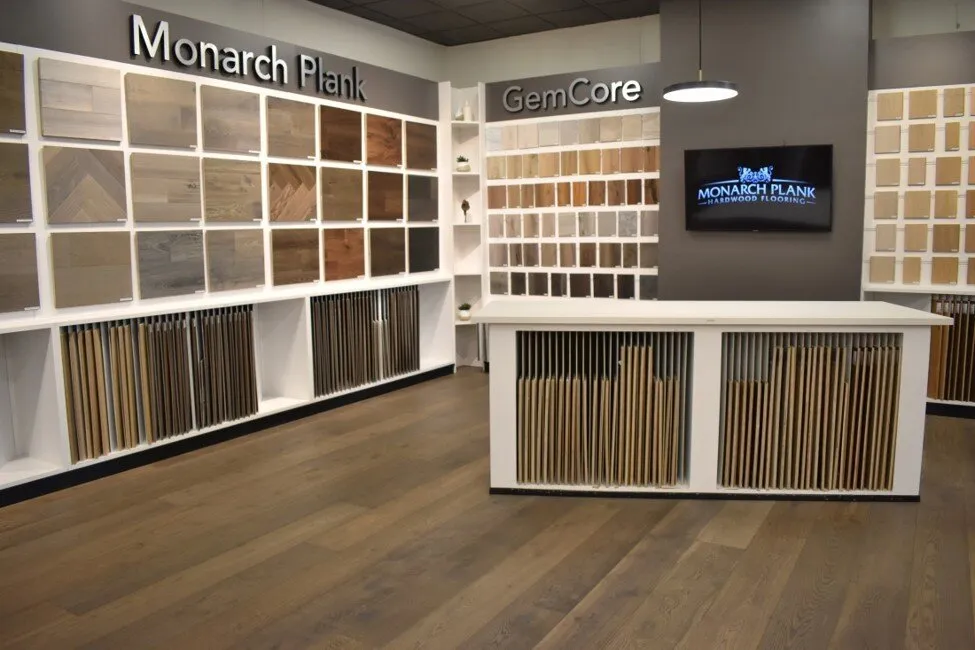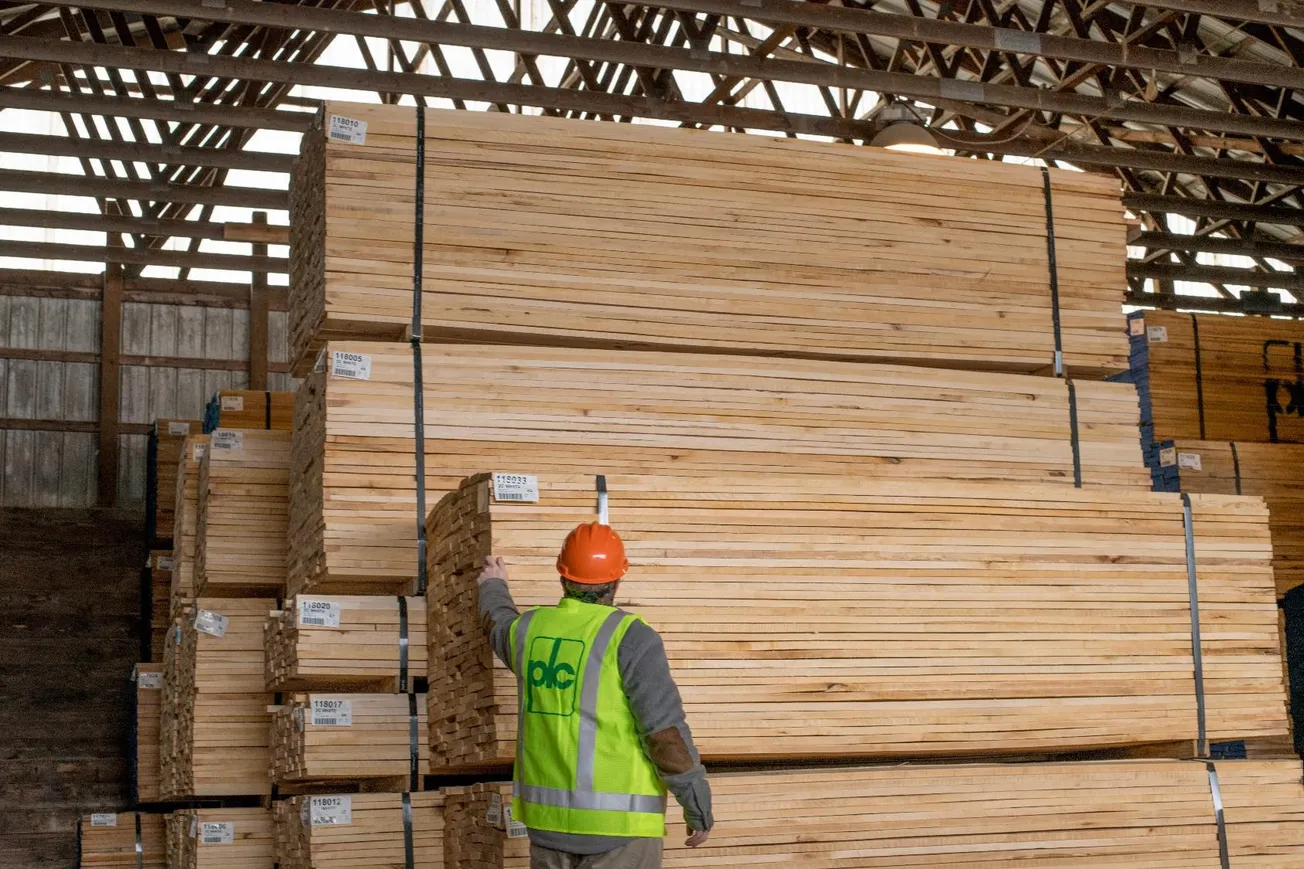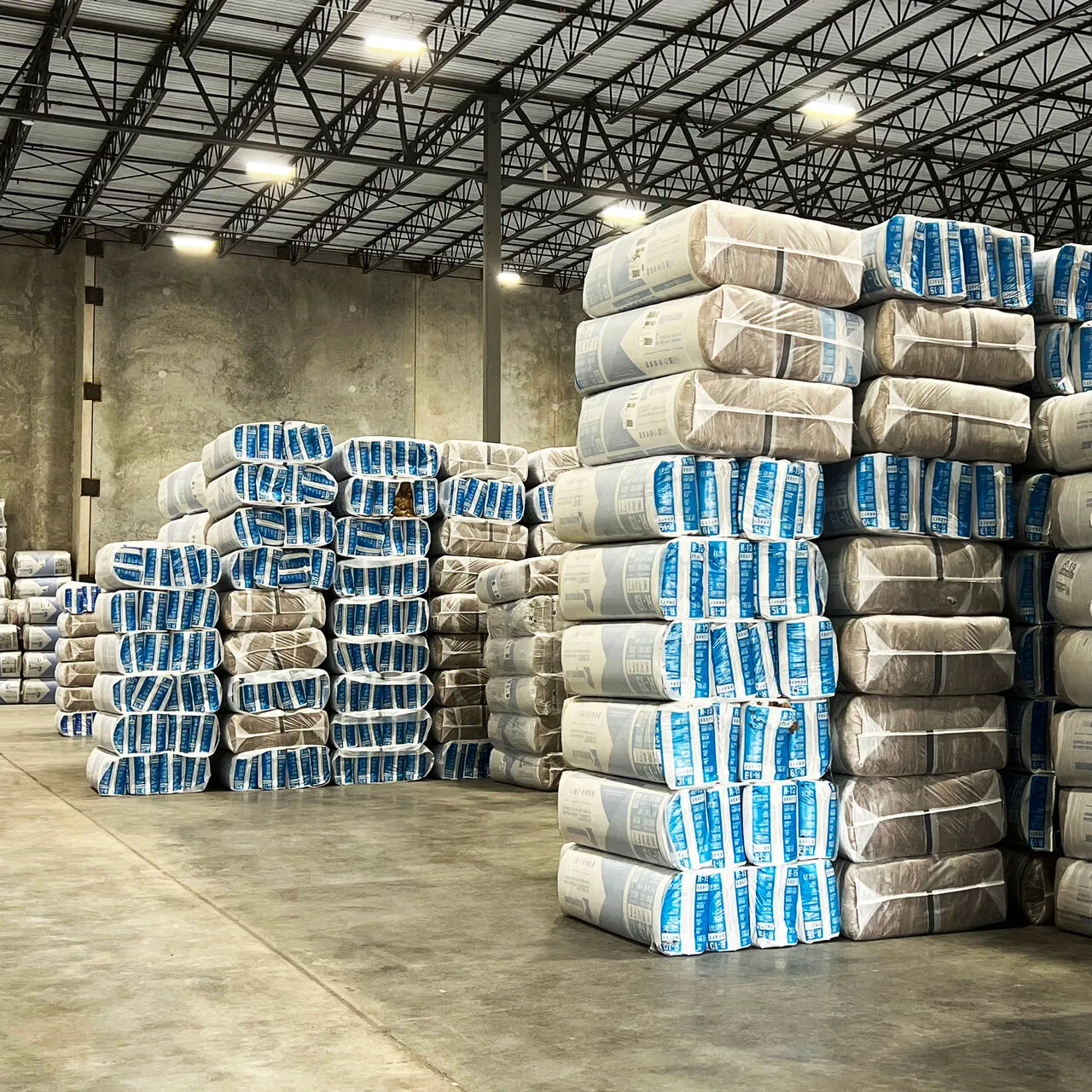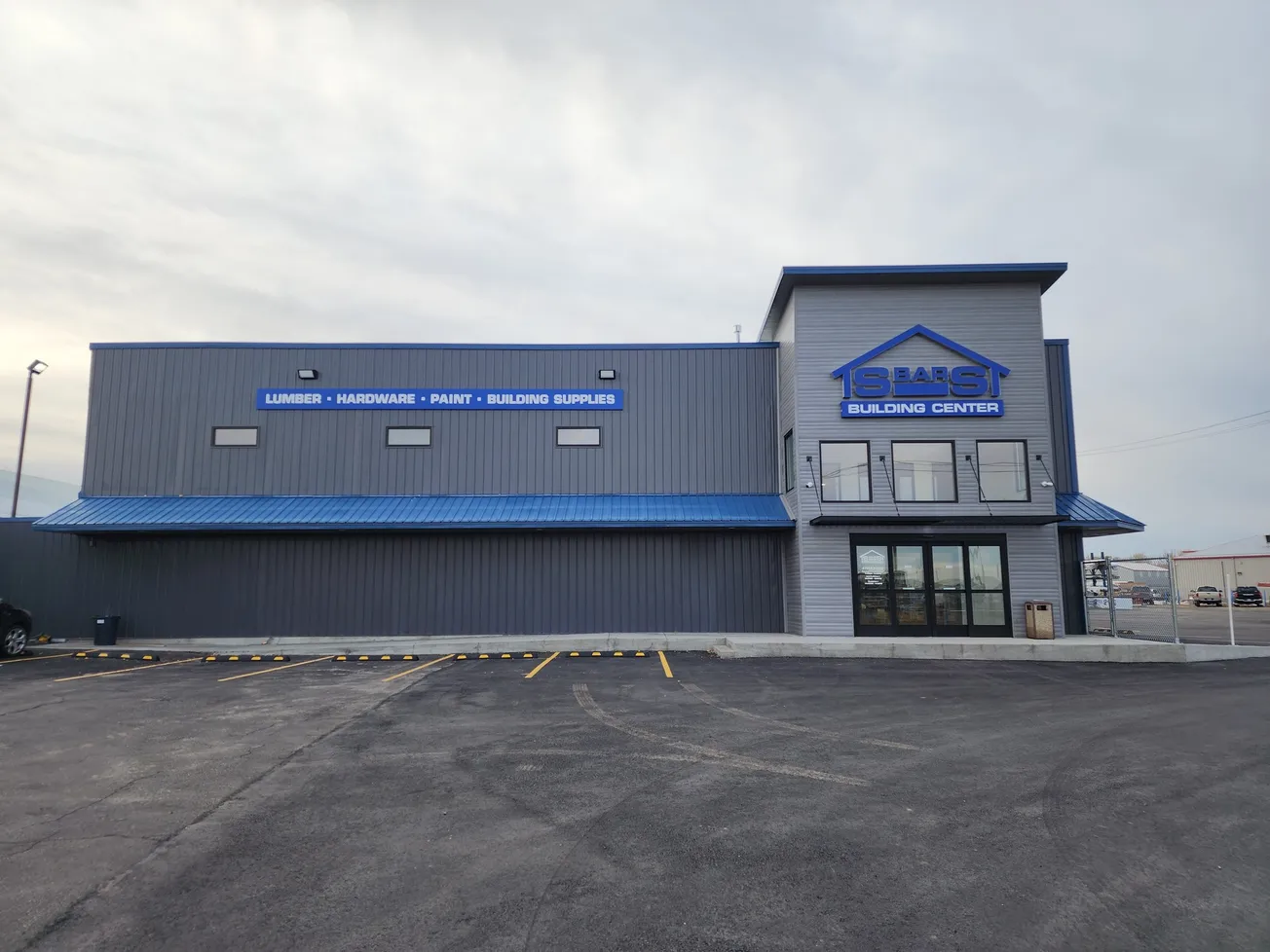Table of Contents
There’s no doubt that we live in a connected age. Sensors and Internet of Things (IoT) devices continue to proliferate, infiltrating every corner of our lives and making everyday functionalities smarter and more efficient.
This is especially true within the home, where devices like Alexa can tell your smart oven to preheat upon your voice command, or a smart fridge can detect when the family is out of milk and automatically order more from Amazon—but it’s not just the inside of the home that’s getting smarter.
Homeowners demand smart technologies for their windows, doors and skylights as well, and architects, builders and remodelers can meet these ever-evolving needs by keeping tabs on what’s out there.
Some ways windows, doors and skylights can play into a connected or smart home include:
- Windows and doors with hidden sensors allow homeowners to check whether those openings are open or closed, and whether doors are locked or unlocked, via either on-demand request or real-time notification. This adds a sense of security and peace of mind for the homeowner; if a closed window opens and no one is home, the homeowner can immediately alert police. These sensors also can let a parent know their child has come home from school, or an elderly relative has left the home, by sending a notification that the door has been unlocked and opened.
- Window sensors also improve a home’s energy efficiency and reduce utility bills by alerting homeowners when windows are closed but unlocked, as unlocked, closed windows lose air three times faster than a closed, locked window.
- New automated skylights not only bring in daylight; they also can open at the touch of a button to let in a breeze. Rain sensors automatically close the skylight if the weather turns inclement.
- Automated window systems monitor factors like temperature, humidity and CO2 concentration, opening and closing windows to let in fresh air, or closing blinds if the temperature gets too high. Homeowners also can program motorized blinds or shades to raise or lower automatically at a specific time of day, conserving energy by restricting the sunlight that can heat up a home.
- New advances in window glass can reduce or eliminate the need for blinds and shades, giving architects, builders and remodelers more creative freedom when designing or remodeling a home. Windows with electrochromic glass reduce glare and heat while letting natural light in. Liquid crystal windows use electric currents to switch between clear and translucent, while thermochromic windows adjust for tint or opacity based on temperature. Photochromic windows adjust to light using technology similar to light-adaptive eyeglasses, darkening during very bright days.
- Future advances could include high-definition screens embedded into windows, or windows that collect solar energy that can then be used to power the home.
We haven’t seen the last of the smart and automated technologies that window, door and skylight manufacturers will implement within their products—making the future of the industry very bright indeed.

